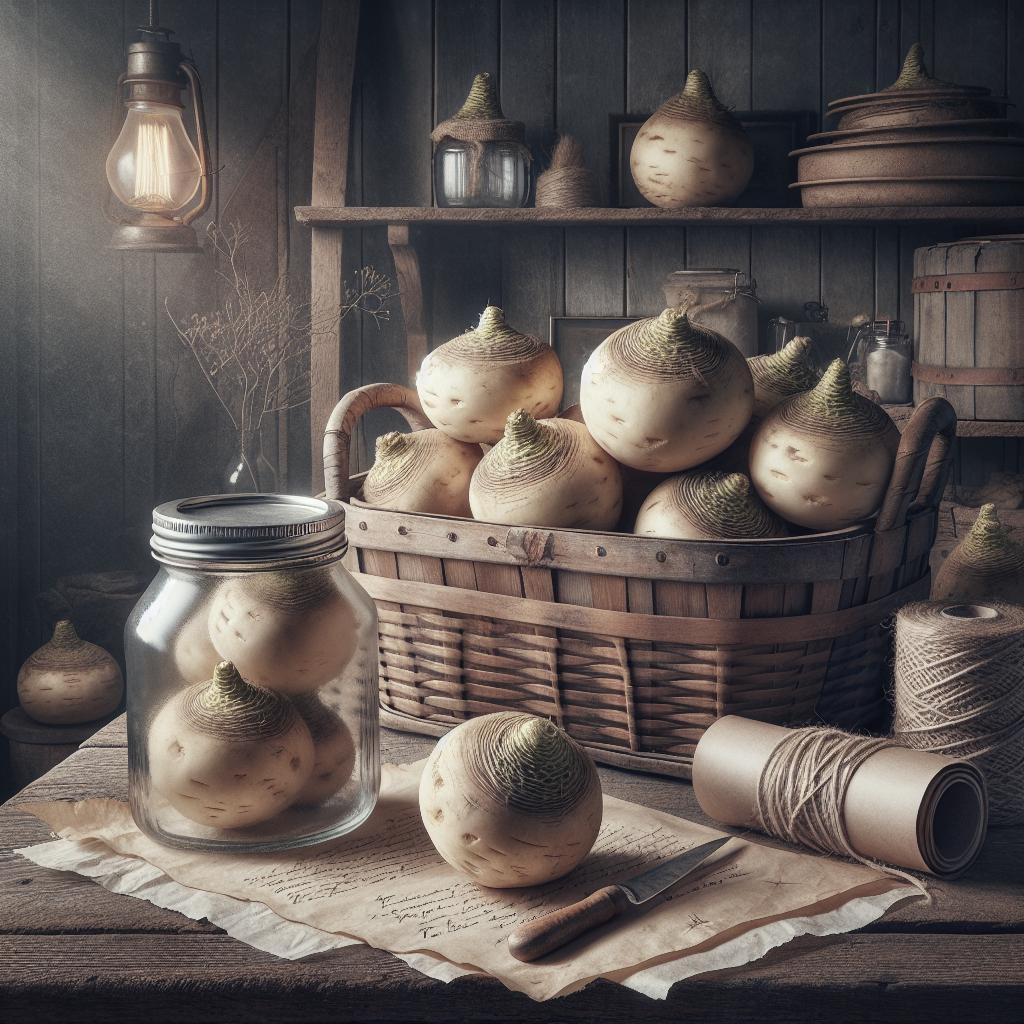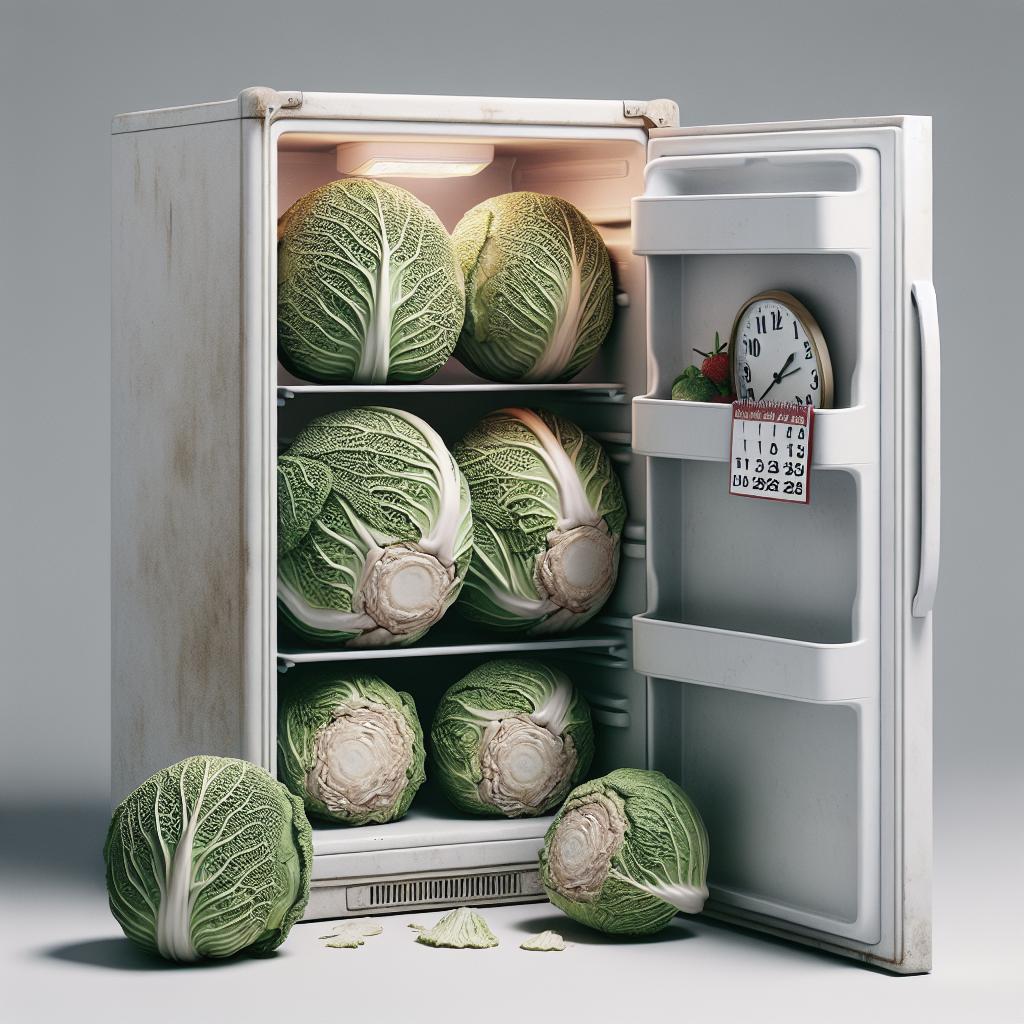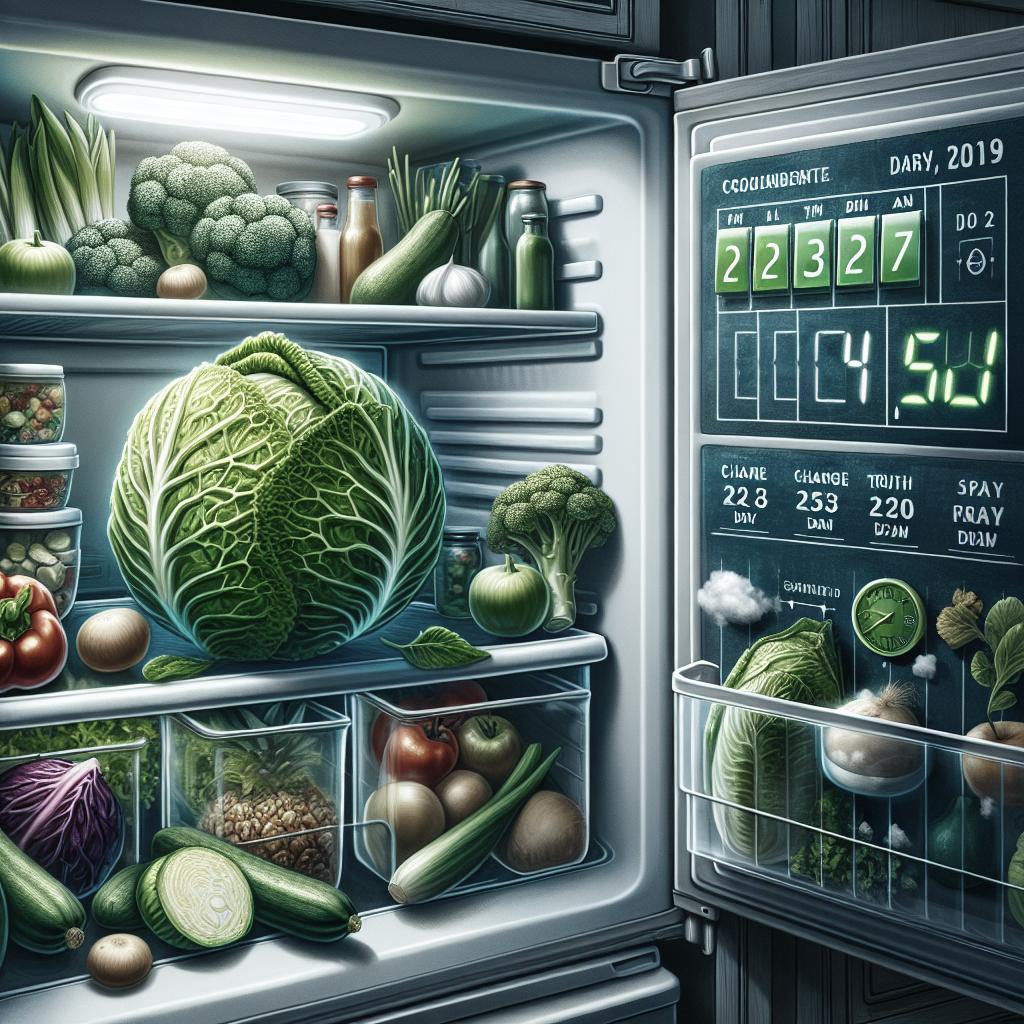Rutabagas, with their slightly sweet and nutty flavor, have become a staple in many kitchens. Whether you are growing them in your garden or buying them from a local market, knowing how to properly harvest and store rutabagas ensures you enjoy these nutrient-packed vegetables year-round. This blog post covers the best practices for harvesting and storing rutabagas, helping you to prolong their shelf life and maintain their delicious taste. We’ll dive into the optimal harvesting times, techniques for efficient harvesting, and effective storage methods. Read on to become a rutabaga storing expert! —
Gardening tips, videos, info and more delivered right to your inbox!
Do you love gardening? Then you know how valuable it is to receive the latest tips, informative videos, and other essential information directly in your inbox. Staying up-to-date with gardening trends, learning new techniques, and getting expert advice can significantly enhance your gardening experience. Whether you are a seasoned gardener or just starting, subscribing to gardening newsletters is a fantastic way to keep your green thumb thriving. Regular updates will ensure you never miss any crucial information, helping you cultivate a more productive and beautiful garden. Finding reliable sources for gardening tips can make a significant difference. There are numerous newsletters, channels, and blogs that cater specifically to gardening enthusiasts. From learning about new plant varieties to understanding the intricacies of soil health, such resources offer valuable knowledge. So, sign up for your favorite gardening insights and keep growing your gardening wisdom! —
When to harvest rutabagas
Knowing when to harvest your rutabagas is essential for achieving the best flavor and texture. Rutabagas are typically ready to harvest about 90 to 120 days after planting. However, the exact timing can depend on your growing conditions and climate. An excellent way to determine if your rutabagas are ready is by assessing their size. Generally, when rutabaga roots reach 3 to 5 inches in diameter, they are considered mature and ready for harvesting. Moreover, it is best to harvest rutabagas after a few light frosts. The cooler temperatures can actually enhance their sweetness, making them more enjoyable to eat. If you’re unsure if your rutabagas are ready, gently uproot one and check its size and firmness. If the flesh is tender and the size is appropriate, it’s a good indication that your rutabagas are ready to be harvested. —
When and How to Harvest Rutabagas
Harvesting rutabagas isn’t overly complicated, but doing it correctly can make a huge difference in the resulting flavor and longevity. To begin, use a garden fork or spade to loosen the soil around the plants carefully. Avoid damaging the rutabaga roots during this process. Once the soil is loosened, use your hands to gently pull the rutabagas from the ground. If the roots are any larger than 5 inches, they may become woody and less palatable. After pulling the rutabagas from the soil, the next step is to remove the vegetation. Cut off the greens, leaving about an inch of the stem attached to the root. These greens can be composted or even cooked, as they are also edible and nutritious. Washing off the excess soil and allowing the roots to dry for a few hours can also prepare them better for storage. —
Storing rutabagas
Storing rutabagas properly is crucial to maintain their freshness and flavor over an extended period. The first rule of thumb is to keep them in a cool, dark, and humid environment. A root cellar or a cold storage room works best for this purpose. Ideally, rutabagas should be stored at temperatures between 32 and 40 degrees Fahrenheit with a humidity level of around 90 to 95 percent. Such conditions help to prevent them from drying out and becoming rubbery. If you don’t have access to a root cellar, you can use your refrigerator for short-term storage. Wrap each rutabaga in a perforated plastic bag to retain moisture. The high humidity drawer in your fridge is ideal for storing these root vegetables. Always check them regularly for any signs of spoilage, such as soft spots or mold, and remove any affected roots to prevent them from impacting others. —
Rutabaga Storage
For those looking to store rutabagas for the long term, freezing is another viable option. Start by peeling and cutting the rutabagas into cubes. Blanch the cubes in boiling water for 2 to 3 minutes, then plunge them into ice water to halt the cooking process. Drain them thoroughly and place the blanched rutabaga cubes into freezer-safe bags, removing as much air as possible before sealing. Label the bags with the date and store them in your freezer for up to a year. Another great method is canning, which extends the shelf life significantly. Pressure canning is recommended for rutabagas due to their low acidity. Follow standard pressure canning guidelines, ensuring that you process at the correct pressure for your altitude. When properly canned, rutabagas can last up to a year in your pantry. These methods ensure you have access to flavorful rutabagas long after the harvest season ends. —
| Category | Details |
|---|---|
| Best Time to Harvest | 90-120 days after planting; after a few light frosts |
| Harvesting Technique | Loosen soil gently, hand pull, cut off greens |
| Short-Term Storage | Refrigerator in perforated plastic bags |
| Long-Term Storage | Freezing (blanched) or pressure canning |
| Optimal Storage Conditions | 32-40°F, 90-95% humidity |


